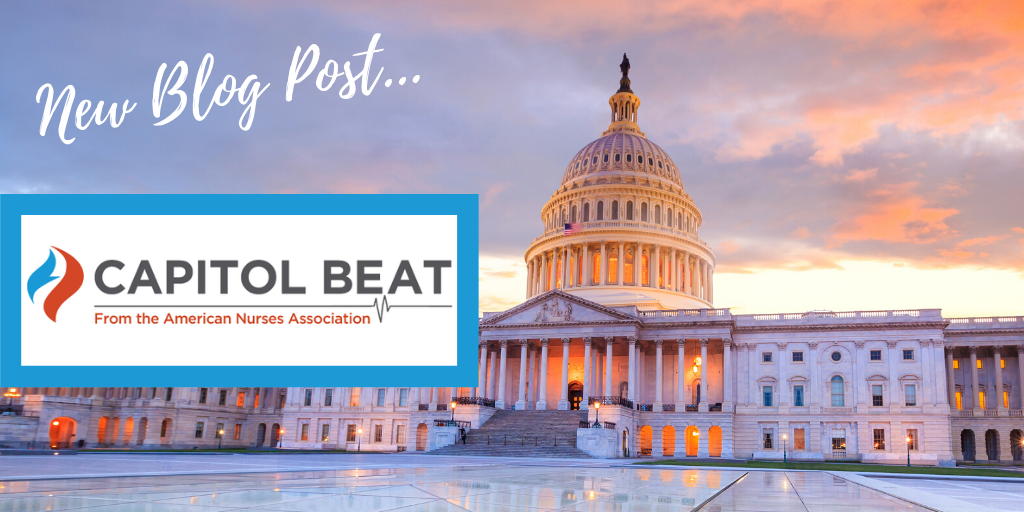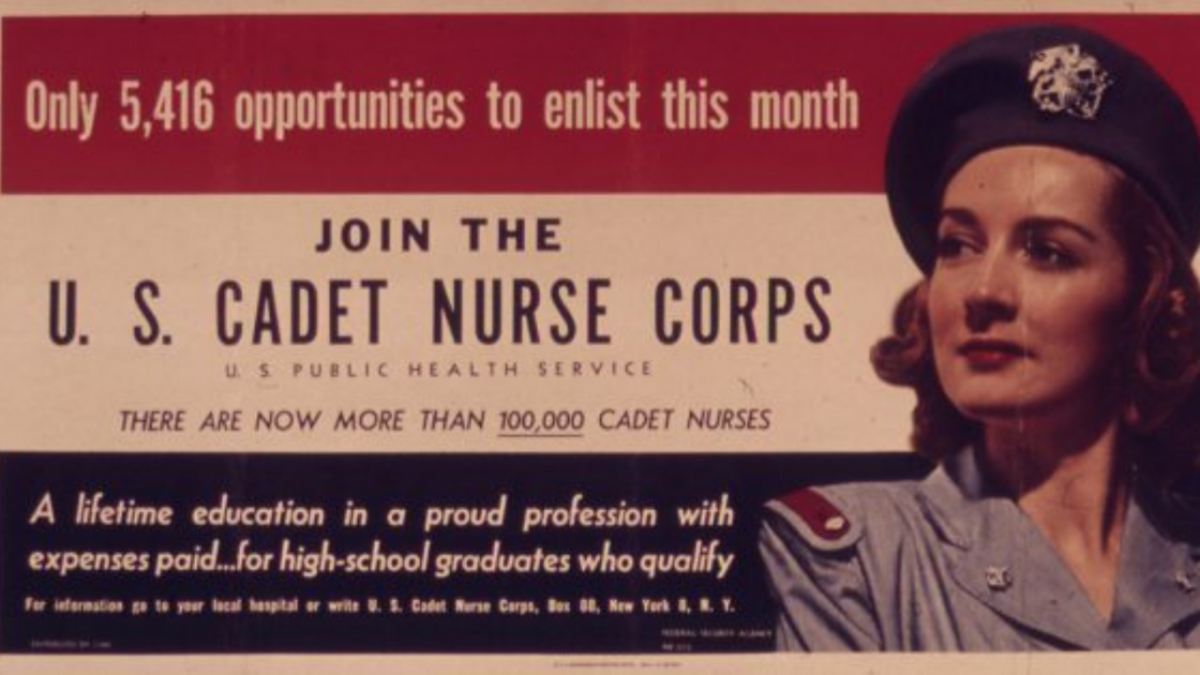2021 represented a very difficult year for nurses and patients. The ongoing pandemic has exasperated many underlying challenges nurses have been forced to endure for decades. Despite this, ANA staff and the united voice of our RNAction advocates were able to secure funding for the Nurse Corps Loan Repayment and Scholarship programs, mental health resources, testing, vaccines, therapeutic COVID-19 treatments, public health infrastructure and more through the American Rescue Plan. Meanwhile, the ANA-PAC remained effective in its mission to support members of Congress passionate about ANA’s nursing priorities on both sides of the aisle and continue building our coalition of lawmaker support in Congress.
Progress in continuing to be made, but our work is not complete. Nurses do not feel valued, and it is easy to see why. They are forced to contend with long-standing staffing shortages, mandatory overtime, the recent sunsetting of workplace protections, and at least 1 in 4 nurses having experienced workplace violence.
What did ANA’s advocacy efforts look like in 2021 as nurses across the country were saving lives? ANA’s Policy and Government Affairs team met with numerous stakeholders; members of Congress, staff from the U.S. Department of Health and Human Services (HHS), the Occupational Safety and Health Administration (OSHA), the Centers for Disease Control and Prevention, and other health care associations and coalition partners. In addition, ANA conducted several hours of listening sessions on the nursing shortage with ANA members and nurse advocates.
This shortage has affected many additional factors of daily life for nurses. Unlike the beginning of the pandemic when nurses were being furloughed, many now find themselves working even longer hours, contributing to exhaustion and burnout. In many cases, hospitals brought in travel nurses to relieve the shortages. Some nurses left for agencies for better pay, while long-time staff nurses learned to contend with temporary staff who were not familiar with the facility. It is obvious to ANA leadership and staff that we must be laser-focused on workforce challenges, including work environment and retention, the workforce pipeline, well-being, and the value of nurses as four areas of focus to help curb the staffing crisis.
Workforce
Our goal is to ensure that the nursing workforce is properly funded with an emphasis on staff retention and proper talent pipelines. ANA continues to work with other nursing organizations and our champions in Congress to pass the Future Advancement of Academic Nursing Act (FAAN Act). This legislation would provide a billion dollars in funding for increasing faculty to:
• Enroll and retain nursing students;
• Support educational programs, including creating and modernizing curriculum and establishing nurse-led intradisciplinary and inter-professional educational partnerships;
• Hire and retain a diverse faculty to educate the future nursing workforce;
• Modernize technological and educational infrastructure;
• Support schools of nursing, in partnership with facilities that provide health care, to establish or expand clinical education and;
• Support schools of nursing as they help prepare future nurse scientists and researchers who are essential as health challenges arise.
The FAAN Act passed the House of Representatives as part of the Build Back Better legislation but stalled in the Senate in December. Negotiations on revival of the legislation remain ongoing.
In addition, on January 19, 2022, ANA CEO Dr. Loressa Cole DNP, MBA, RN, NEA-BC, FAAN participated in a listening session with HHS Secretary Xavier Becerra. ANA was one of only nine organizations asked to weigh in during the roundtable which highlighted the opportunities for retention and entry into the workforce for nurses and health care providers.
Work Environment
The Policy and Government Affairs team continues working with Congress and the Administration on the need to address workplace violence which most nurses recognize as having only increased since the start of the pandemic. ANA and nurse advocates were instrumental in the House-passed Workplace Violence legislation last year and is working to identify Senate sponsors for introduction.
In addition, the Policy team has been working side by side with the Administration to reinstate OSHA’s Emergency Temporary Standards. Our team has a leading role in the ANA Enterprise-wide #EndNurseAbuse team which focuses on workplace violence and nurse abuse in ways beyond legislation and policy. Be sure to be on the lookout for additional campaigns related to our #EndNurseAbuse pledge throughout the year as well.
Well-Being
Our legislative team has made significant progress with Congress towards getting the Dr. Lorna Breen Health Care Provider Protection Act passed into law. This legislation will identify and disseminate best practices to reduce and prevent mental and behavioral health conditions, suicide, and burnout, as well as increase access to evidence-based treatment for nurses and other health care professionals.
Advocates such as you were instrumental in getting this bill passed by the House in December. The Senate is negotiating technical changes and we await it to be moved through the process and be sent to the President’s desk. Be on the lookout for this news as it is a monumental win for nurses, providers, and ANA.
Value
Value is an essential point of emphasis of our work in 2022. Our latest message to Congress highlights the staffing constraints mentioned above, but also calls on Congress to work with key stakeholders to change current payment structures to finally recognize nurses as a value instead of ‘overhead’. For a brief, fleeting moment, nurses were celebrated as heroes at the beginning of the pandemic. Now they have gone back to only being viewed as a number at the bottom of a ledger.
As the most trusted profession for 20 straight years and the largest segment of health care providers, nurses need to be at the center of every conversation regarding health care. They need to be valuable members of the decision-making team whether that is at the staff level of the local facility, or the decisions being made by Congress and the Administration. Our work throughout this year will focus on empowering nurses and help restore the dignity of the profession. It starts with focusing on addressing the nursing shortage crisis.
2022 will likely present similar challenges to 2021 for nurses and their patients as the COVID-19 pandemic and the staffing shortage remain. Rest assured, the Policy and Government Affairs team continues to listen to its members, nurses, and nurse advocates. Please take a moment to sign up for our RNAction alerts and follow us on Twitter and Facebook and please check out our Latest News page for the latest advocacy news and information.


